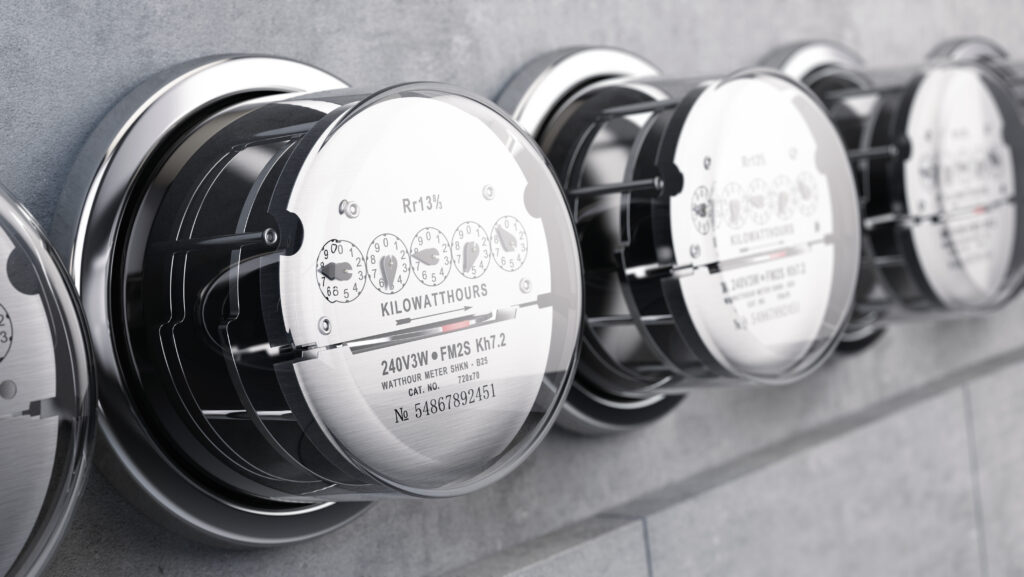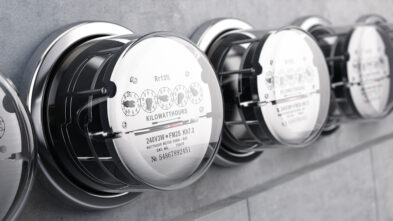Last week, we hosted a Webinar on Automating the Way you Manage Submeter Reading and Billing. The Webinar was moderated by Genea’s VP of Sales, Robert Vail and featured three Submeter Reading and Billing experts; Brian Haine, Paul Marcoux and Laura Mullins.
We have broken down the webinar into three blog posts, each one focusing on the key takeaways from each speaker.
This is the third and final post featuring Genea’s Senior Submeter Billing Consultant, Laura Mullins. Laura previously held the position of CEO and President at Moylan Energy Management for over 20 years prior to Genea acquiring Moylan in July of 2019. Laura provides in-depth insight on how to understand your property’s utility bill, the responsibilities associated with electrical resale, and how to correctly billback and resell utility usage to your tenants efficiently and legally.
To recap, part one was a detailed review on why you should submeter your building. Part two included how to accurately analyze utility bills and mistakes commonly made when taking submeter reads. You can catch up here and here, respectively.
A utility reading and/or bill is passed through many hands – the utility company, then the building team, then the vendor. First the utility company sends the bill to the facility or building team who then pays it and then sets up the resale process to billback the tenant for their consumption. The last people to receive the bill is the vendor handling the meter reads and billings of the facilities.
Understanding a utility bill and how it impacts the bottom line is important. It is responsible for a large portion of a buildings expenses. Nationally, the combined utility expense for commercial property represents approximately one third of the buildings total operating expenses, with electricity representing about 80% of that.
There are many components on a utility bill and it is important to ask questions so you know what you are being billed for. A few questions are:
- Are you receiving an actual or estimated bill? This should typically be indicated clearly after your meter reading with either an A or an E.
- What are your units of measurement? If you are being billed on electrical usage, you will be billed on kilowatt hours. If you are being billed on your property, you’re probably also being billed on a demand level, which is referred to as KW.
- Are you being billed for gas and/or water? If so what are the units of measurement for that?
- Is your building based on a tiered rate when you have on-peak and off-peak use charges? Or are they on block times where you’re being billed for a set amount of usage whether you hit that peak usage or not.
- Are you being billed for demand components? Single high demand as well as maximum demand? Are there penalties associated with your bill such as for your power factor or even your ratchet demand?
- Last but not least, what kind of taxes are associated with your bill?
Having a general understanding of the components of your utility bill will help you understand how your tenants utility load is impacting your overall utility cost.
If you are in a state that allows for electrical resale, your utility bills will let you know what kind of margins you have and can then budget for that. Your bill will also provide information on what taxes are being charged. If you have a large tax exempt tenant, are the taxes being billed on appropriate with the volume of usage that tenant is using?
It is important to have an understanding of your rate structure so you have an improved understanding of what rates are available to you.
Before starting utility billing, there are a few questions you should ask:
- Is it possible that any of your tenants are already being billed directly by the local utility company for one or more of their utilities?
- Are you billing your tenants back on a utility allocation or does your state allow for resale and are you reselling your utilities?
- Does your property already have the submeters installed?
The first step in Utility Resale is that the main utility comes in from the utility company. Then the property company submeters the tenants and bills the tenants back for their usage based on their submeters. The difference between resale and regular billback is there is a difference between the rate that the building is being billed at and the rate the tenants are being billed at.
Typically in resale environment, the building is being billed at what is referred to as a “primary” rate and the tenants are being billed at a “secondary” rate. With the primary rate, the building owns its own transformer, which can receive the power from the utility company at a much higher voltage level, and then steps the power down into a more useful voltage level for the tenants consumption. The building owns the transformer and is responsible for all the costs and maintenance of that transformer and equipment. Because the buildings are receiving the power at a higher voltage level, they’re eligible for a primary rate from the utility company. The primary rate is usually set by the utility company and is much lower than the secondary rate which allows the building to make a profit off the resale of that electricity.
Please note that resale is only permitted in certain states and there are certain rules and regulations that must be followed. Some of these rules include acquiring a resale agreement contract that is signed by the utility company. The meters must be certified, and resale audits must be conducted. Although you are allowed to make a profit on the resale of the electricity, you are not permitted to make a profit on the taxes so you need to calculate the tax differential on the revenue you are receiving.
If you want to find out if the transformer in the building is owned by the building or the utility vendor, reach out to your utility company and ask them. If the utility meter from the utility company is before the transformer, in most cases you own that transformer. If it is after the transformer, the utility company probably owns it.
It is important to make sure to submeter billable tenants, non-billable tenants and vacant spaces. Non-billable tenants are those with lease language stating that it is not permitted to bill any additional utility charges back to them. You should still meter non-billable and vacant tenants regardless. It provides more data to meter for common areas more accurately and gives a full tenant occupied and unoccupied loads. This helps reflects common area calculations accurately and helps save money.
As a whole, submeter reading gives you a ton of valuable information. One example is when Genea noticed a building with a submeter in a vacant spot jump up in usage. Upon contacting the property, it was discovered that the leasing agent left the lights on and a tenant had moved in without Genea receiving their information.
When installing your meters, location is another important aspect. If a meter has been installed at an inaccessible location, it needs to have a remote reader added to be read accurately. Additionally, positioning the meter in a accessible location makes it easier to service and repair. If you install a meter outdoors, you need to make sure that they are outdoor rated meters.
It is important to have a full scope of information about tenants such as building address, mailing address, tenant ID info and remittance address. It is also nice to have square footage and type of tenant. This provides insight to the vendor if the usage being read on the meter is what is expected.
Utility allocation can be done by either the dollar amount or the unit of measurement. If you are in an area doing resale it’s very important you use unit of measurement to calculate your common area. If you’re using the dollar methodology, you’re taking the dollars you are receiving from your utility, which is a lower rate, and taking out the dollars you’re billing back to your tenants. If you are using the dollar method, you are inadvertently crediting your tenants through the CAM for your resale profit, so if you’re doing utility resale its important to use unit of measurements for CAM. If it is just utility allocation and not involving resale, you can do either.
The biggest take away from this webinar – submetering is important.
- Being able to analyze exactly what is happening at the building, making sure you are recouping all your energy costs, and appropriately billing tenants back for their usage.
2. Understand what you are metering and pick the appropriate meter to accurately measure.
3. Understand utility rates and rate structures so you can be confident that you are being billed the appropriate amount from the utility company.
4. Submeter billing spreadsheets are typically inherited and more often than not have errors due to being passed down through multiple ownerships and property management companies. Everyone tries to fix them with a new formula, but often makes it more confusing and causes mistakes. Software solutions can fix and prevent any billing inaccuracies that have resulted from spreadsheet errors.
5. Communication is the key to success. There are many people and parties involved with the submeter reading and billing process and it is important there is a direct and open line of communication.
A vendor, like Genea is able to spearhead all submeter billing and reading conversations to ensure everyone is on the same page.
For more information on how Genea can provide your building with an automated, cloud-based submeter reading and billing solution for networked and non-networked meters, schedule a demo below.


